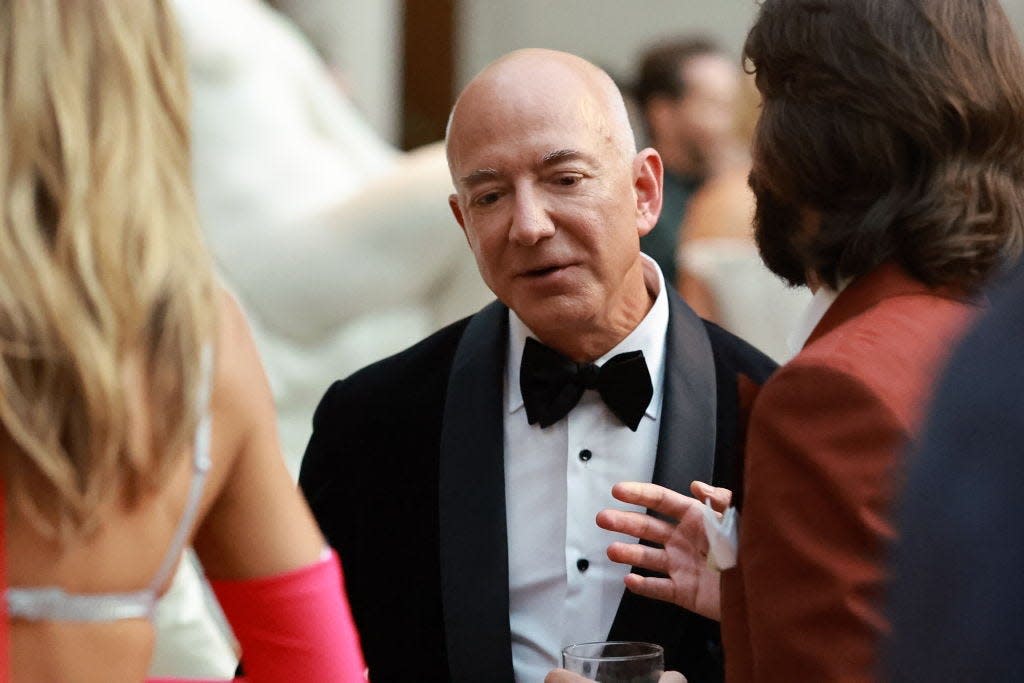Whoops! I just (accidentally) screwed Jeff Bezos out of $130

- Oops!Something went wrong.Please try again later.
I wanted to subscribe to The Washington Post, owned by Jeff Bezos, for $12 every four weeks.
Instead, the Post let me pay $2.
I'll take it! But the Post's discount underscores how difficult the subscription business can be.
I didn't set out to take Jeff Bezos' money. And I definitely wasn't trying to get one over on The Washington Post.
But that's just what happened: I tried to pay the Post, owned by the second-richest man in the world, $156 a year. Instead, I ended up paying it $26.
This was all above board but most definitely accidental on my part. Some time ago, I lost my credit card, got a replacement, and then had to periodically give my new information to the many, many companies that automatically bill my card every month or so: Verizon. Hulu. Netflix. Spotify. Spectrum, etc.
Some of those companies tell you the second they can't charge your old card, and tell you that you won't get any service until you give them a new one. Some give you quite a bit of leeway.
The Post was in the latter group — I'm pretty sure it let me go months without giving it a working card before it cut me off. Then I went a few more months without the Post. Which I missed!
So when I tried to read Shira Ovide's (excellent) piece about the iPad revolution that never was, I figured it was time to pony up again. I clicked on the polite message on the Post's site asking for new credit-card info and prepared to give it $12 every four weeks. Just like I had before.
Except … I had to give it only $2 every four weeks, for the next year. The Post, unprompted, said it was offering the discount because of "the inconvenience" — which, again, was completely my own fault.

I'm well aware that anyone who runs a consumer subscription service spends a bunch of time on retention — trying to keep existing subscribers from churning out. (It's a particularly acute issue for streamers right now.) And that offering a discounted rate is one way those services try to keep a subscriber who tries to cancel, or to bring back one that's stopped paying.
Except: 1) I didn't ask the Post for a discount — I was getting ready to pay full freight and 2) That is some discount: 83% of my old rate, for a year.
Again, there are a lot of people who specialize in subscriber retention at places like the Post, so I'm sure they have thought this through. The most obvious answer is that it's a long-term bet: They think I'm one of those people who doesn't spend a lot of time looking at my credit-card statements, and that in a year, when the Post starts charging me $12 again, I won't blink an eye. Ditto when they eventually raise prices. And that the fact that I've been a Post subscriber for several years indicates I'm likely to stick around for some time. (They would be correct in all these assumptions.) There may also be people on their advertising side pushing them to make sure I subscribe because they think I'll be a more valuable advertising consumer than someone who's reading the Post for free.
But I'm still surprised that the Post, whose well-documented business struggles have led to job cuts and new leadership, was willing to work so hard to keep me. It's a reminder of what a hard slog the subscription business is. Even if your owner is worth $200 billion.
Read the original article on Business Insider

